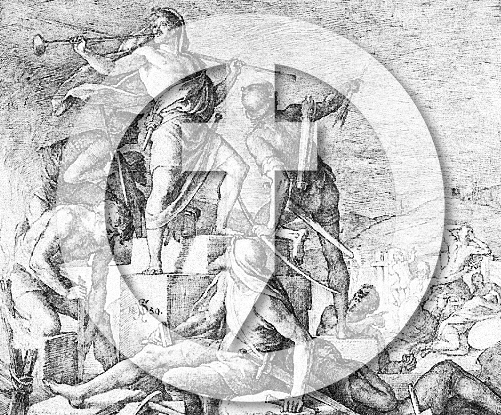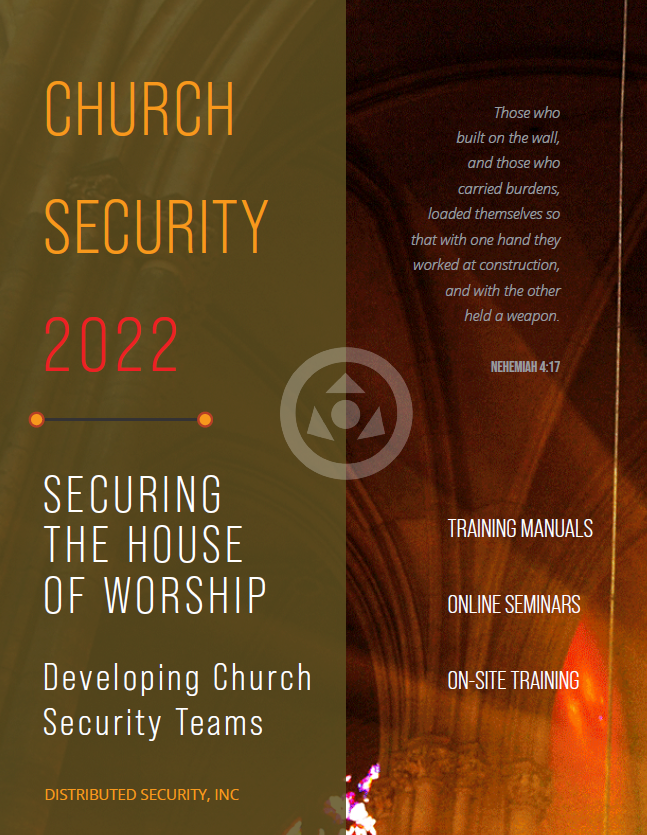
In his essay “Why I Am Not a Pacifist,” C. S. Lewis asks “Does anyone suppose,” he asks, “that our Lord’s hearers understood him to mean that if a homicidal maniac, attempting to murder a third party, tried to knock me out of the way, I must stand aside and let him get his victim?”1
From the Crossway series What did Jesus Teach come this analysis of non-violence.
Does Jesus’s teaching in the sermon on the Mount to “turn the other cheek” and not resist evil require pacifism on the part of Christians?
Since most religious pacifists ground their convictions in a purported nonviolent “love ethic” of Jesus that is understood to be the teaching of Matthew 5:38–42, it is imperative that the meaning of Jesus’ teaching in the Sermon on the Mount be assessed.
Matthew 5:38–42 is one of six case illustrations of Jesus’s teaching on the law (Matthew 5:17). With the other five, it is Jesus’s affirmation of the ethical requirements of Old Testament law—requirements that are enduring. And in similar fashion, it begins with the formula that Jesus has already used four times in this body of teaching—“You have heard that it was said, . . . But I tell you . . .”
While some students of the biblical text interpret these particular words as referring to Mosaic law, such a reading does not fit the context. To introduce his teaching, Jesus has just reiterated that the law as revealed in the old covenant, continually reaffirmed by the prophets, is not to be set aside (Matthew 5:17); it is binding.
Jesus cannot be contradicting himself. What the context does require, however, is that contemporary notions— indeed, contemporary distortions of the law—need adjustment. One such illustration of contemporary error concerns retaliation.
Full article: https://www.crossway.org/articles/what-did-jesus-teach-about-violence-and-turning-the-other-cheek/





